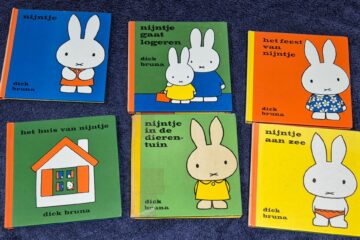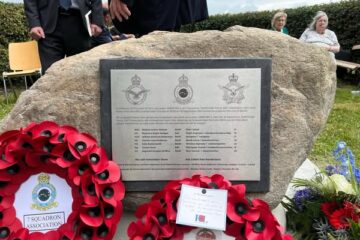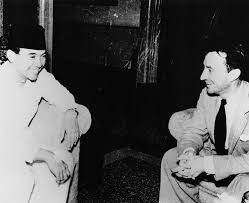Camp Columbia in the suburb of Wacol in Brisbane was a United States Army military camp. It was built in 1942 to accommodate American troops. The Sixth US Army Headquarters was formed and stationed here. It also hosted two hospitals and an Officer Candidate School till 1945. This was the major staging camp used by the Allied Forces for the liberation of the South West Pacific. Close to a million US soldiers passed through Brisbane to the various theatres of war in the Pacific.
In 1944, as the liberation progressed the Americans moved their South West Pacific Area Headquarters to Hollandia in Dutch New Guinea.
Camp Columbia was then taken over by the Dutch who established here the Netherlands East Indies Government-in-Exile. As the Americans moved from Dutch New Guinea to the Philippines, the Dutch and Australians used Camp Columbia as the staging camp for the liberation of Netherlands East Indies (now Indonesia). The adjacent Archerfield Airport hosted the Dutch Transport Squadrons. They brought thousands of tons of food and medicine to the Netherlands East Indies (NEI) after the surrender by the Japanese in August 1945. On the way back they transported severely malnutrition and sick Dutch people from the Japanese camps who were given 6 months recuperation treatment in Australia. They also brought back prisoners of war. The last Dutch transport plane left Archerfield Airport in September 1947.
After World War II, Camp Columbia was used by the Australian military and then served as a migrant reception and training center. The camp was then known as the “Wacol East Dependants Holding Camp for Displaced Persons”. The area of the former headquarters is now occupied by the Brisbane Correction Centre. In Pooh Corner across the Wacol Station Road, there are still remnants of Camp Columbia. The plan is here to create a Heritage Walk with interpretation signs in this bush reserve.
Click here for more information on Camp Columbia.
It is in this Pooh Corner area that Vic Suchocki has found the relics presented in the pictures below.
The pictures were taken by him after each investigation and after cleaning. The photos showing tags and hinges from furniture seem to show an NEI/Indonesian flavour and may be relevant to the story. The buttons and badges are clear.
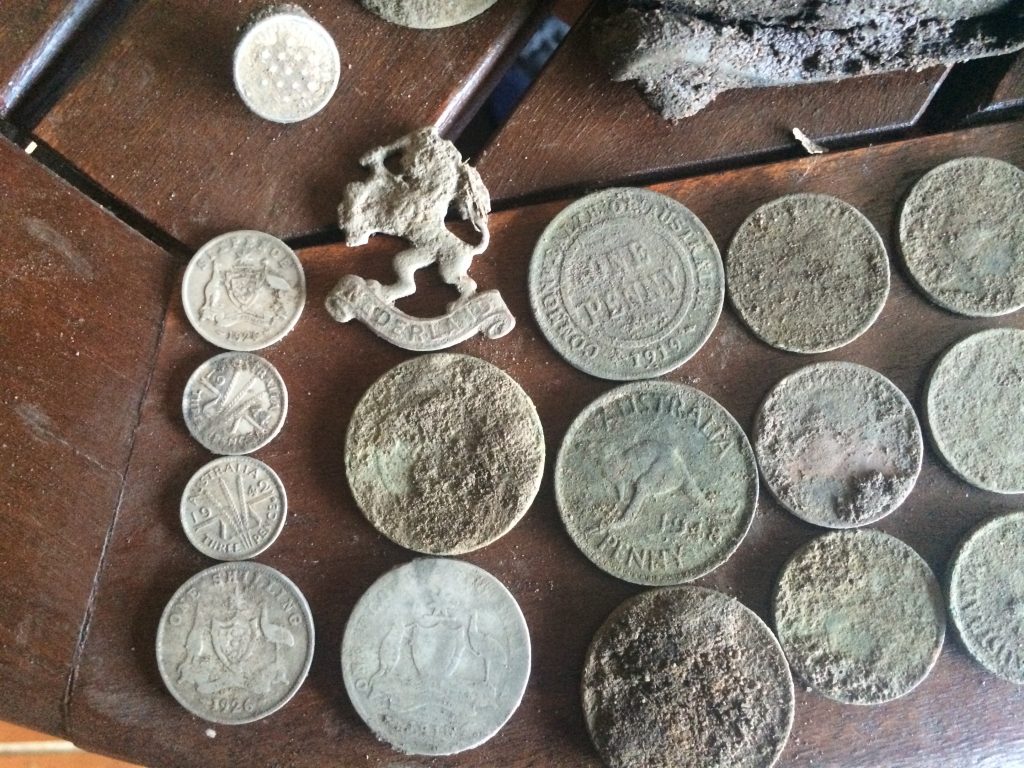
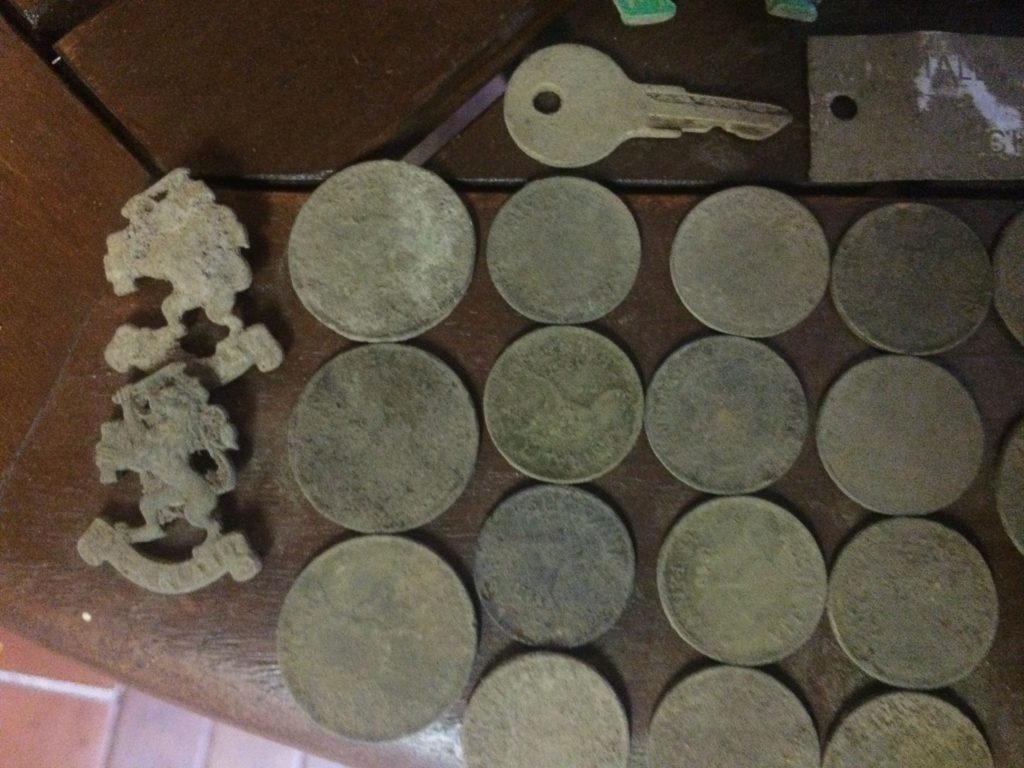
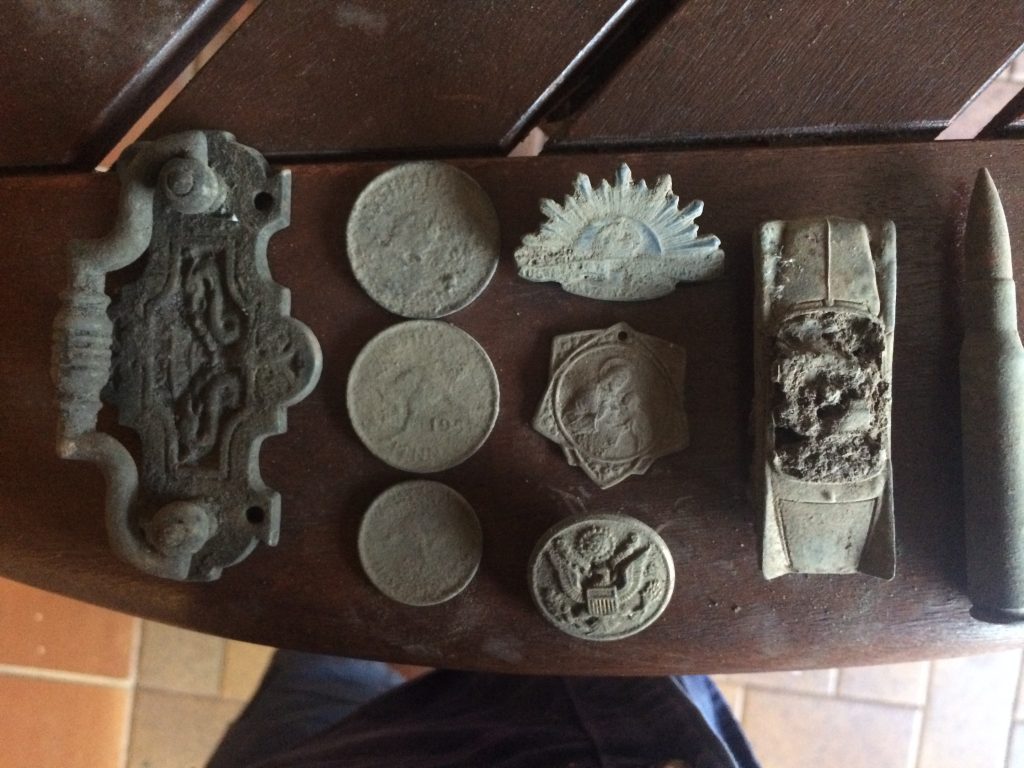
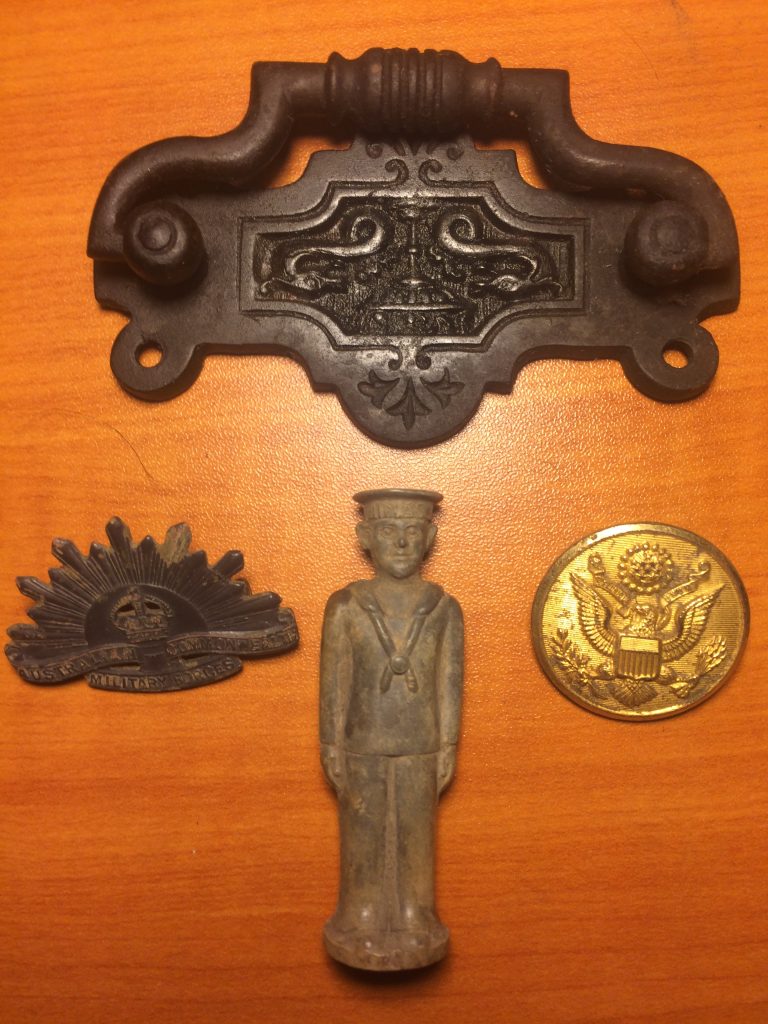
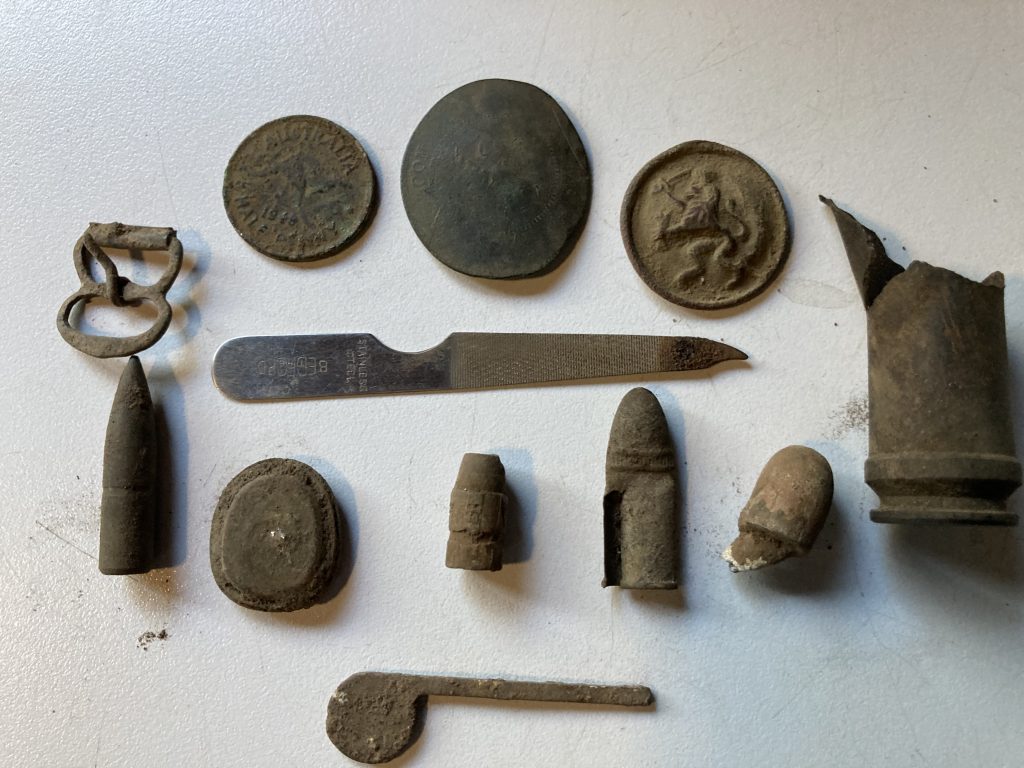
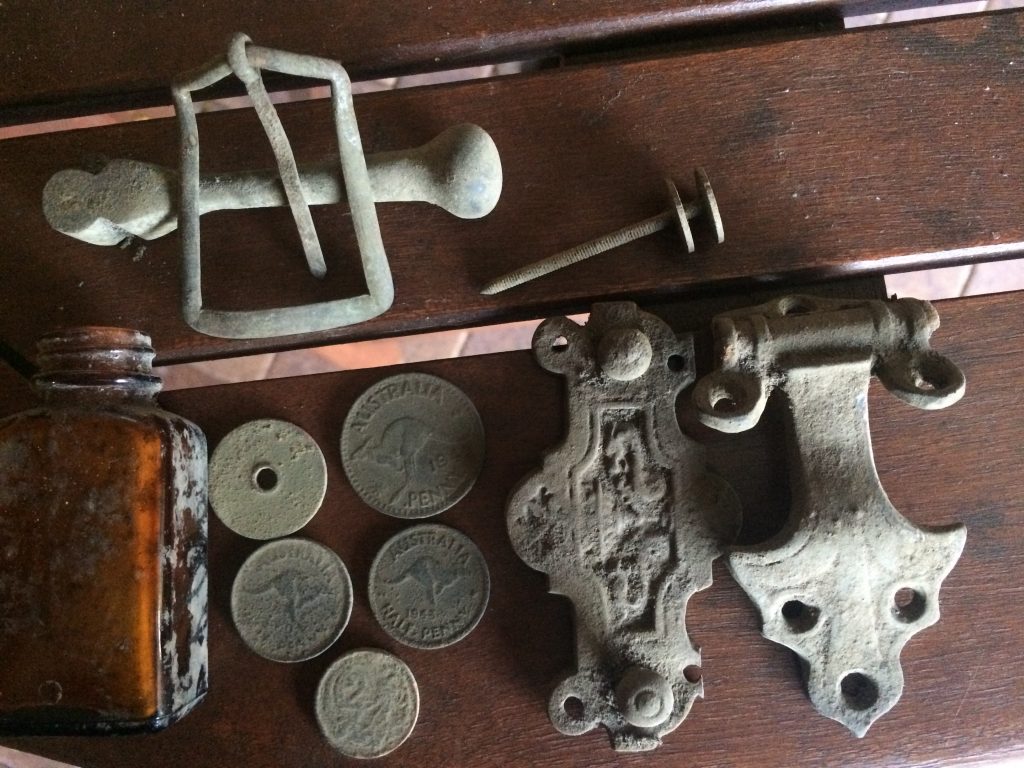

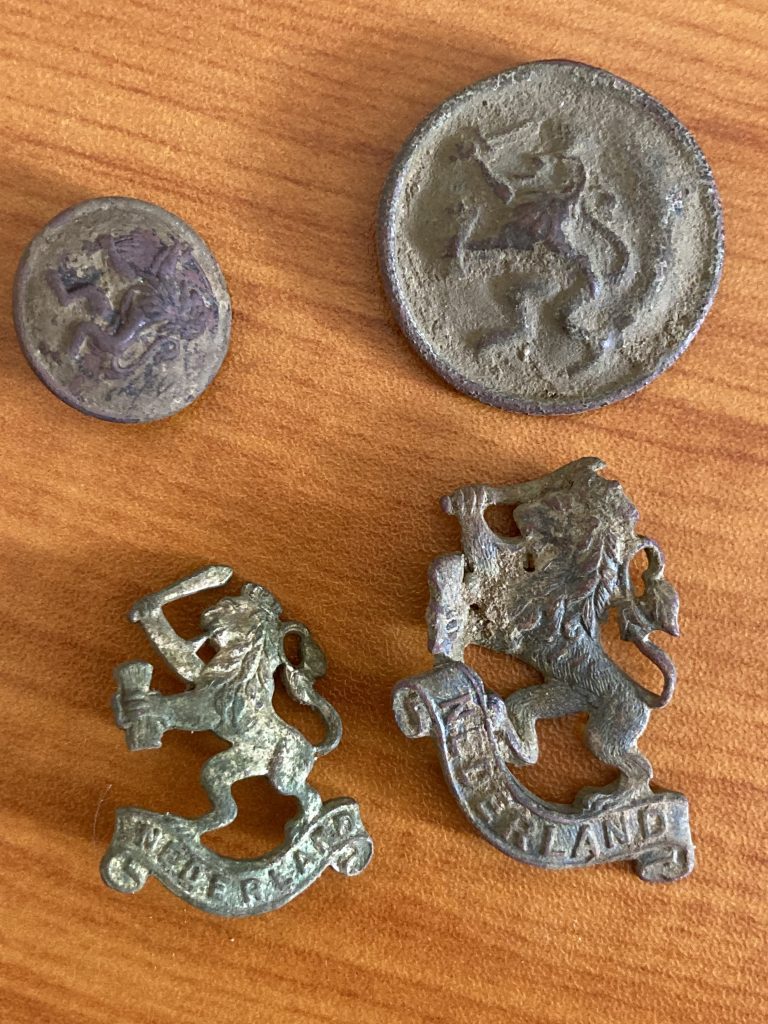
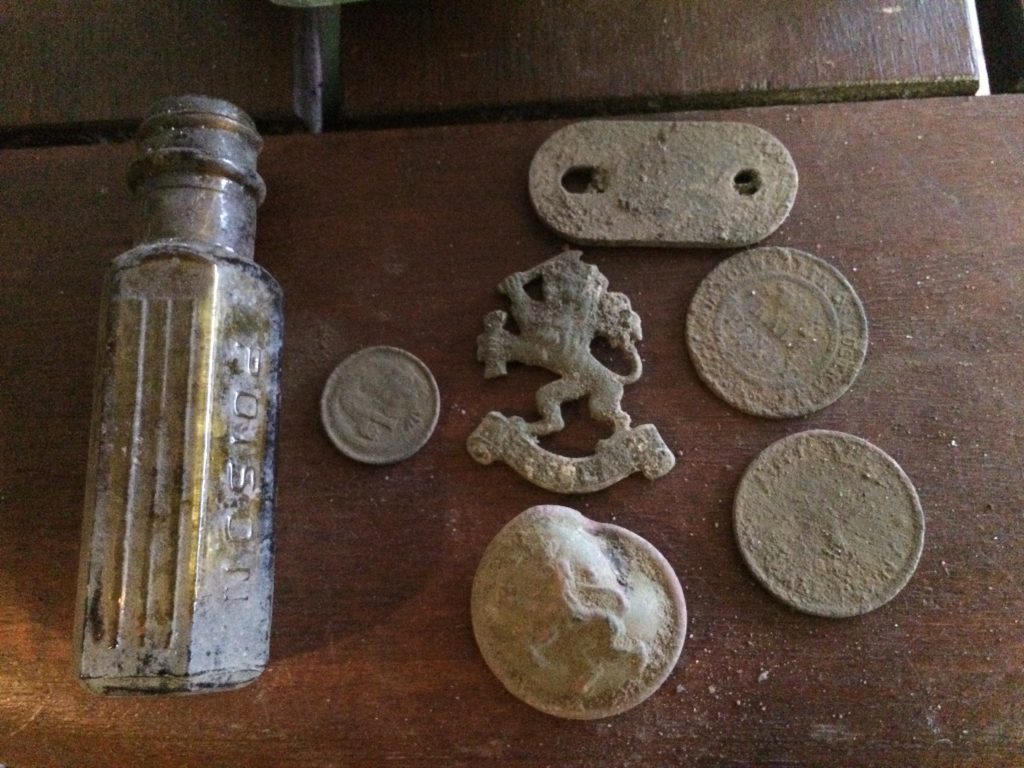
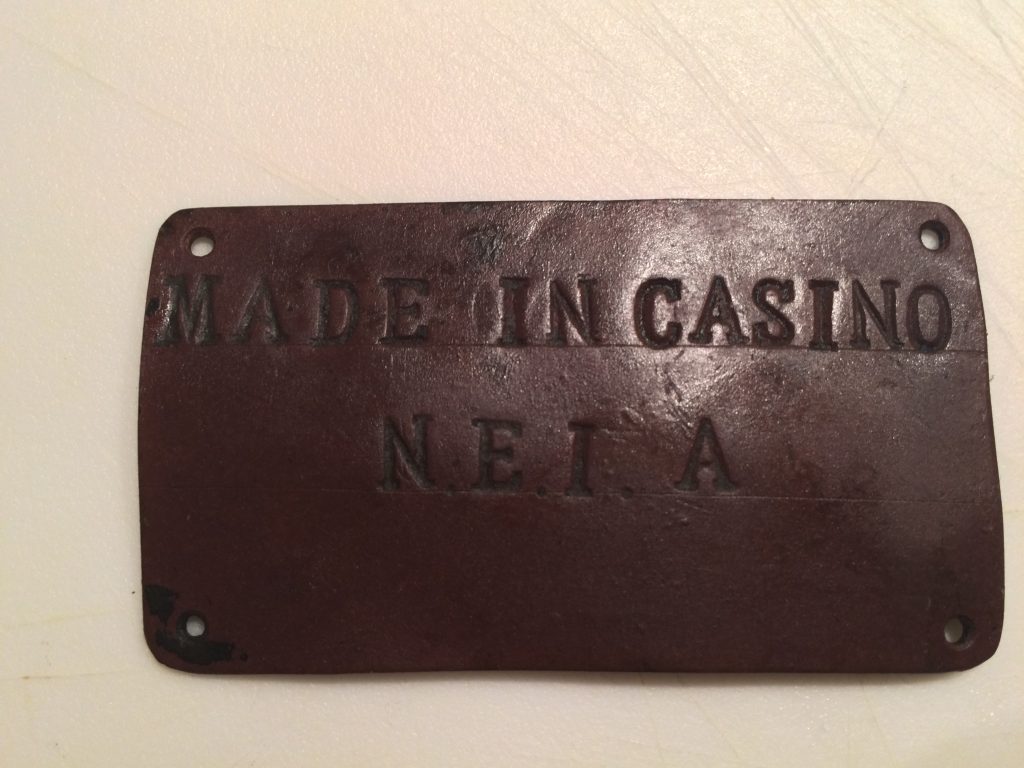
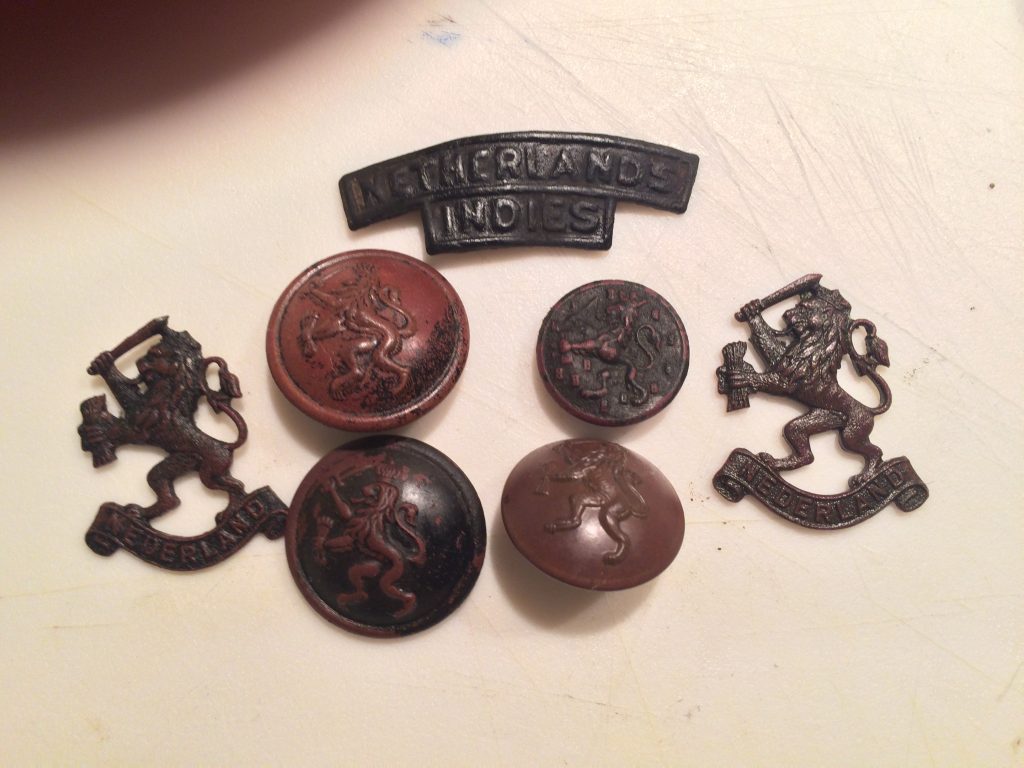

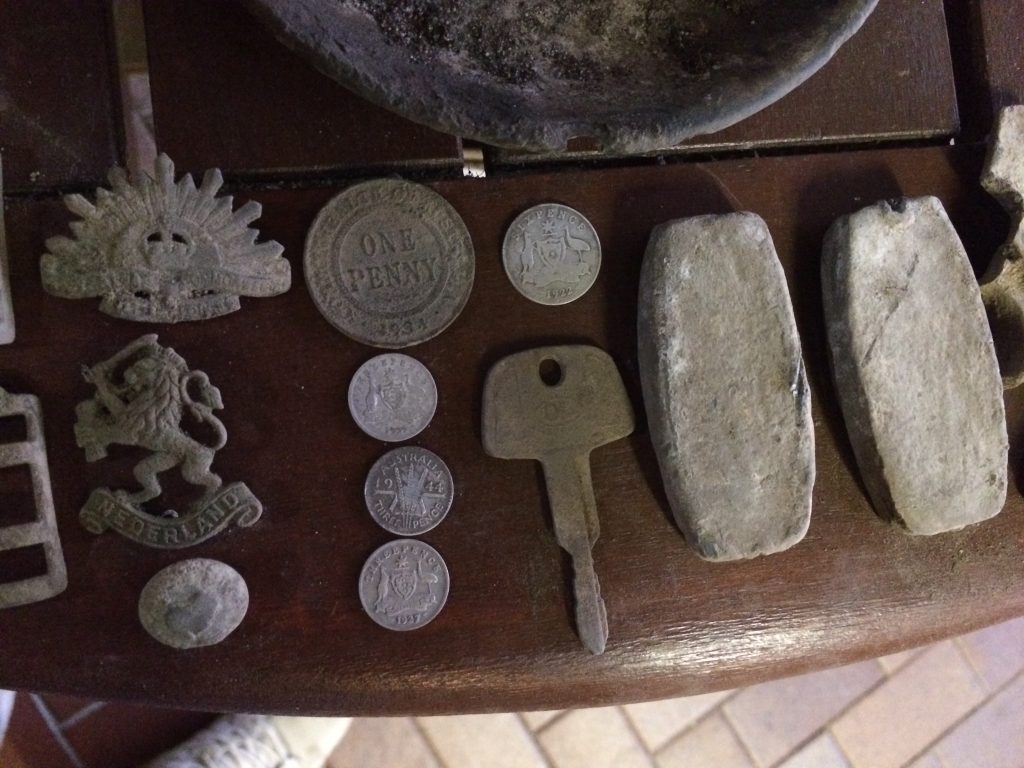
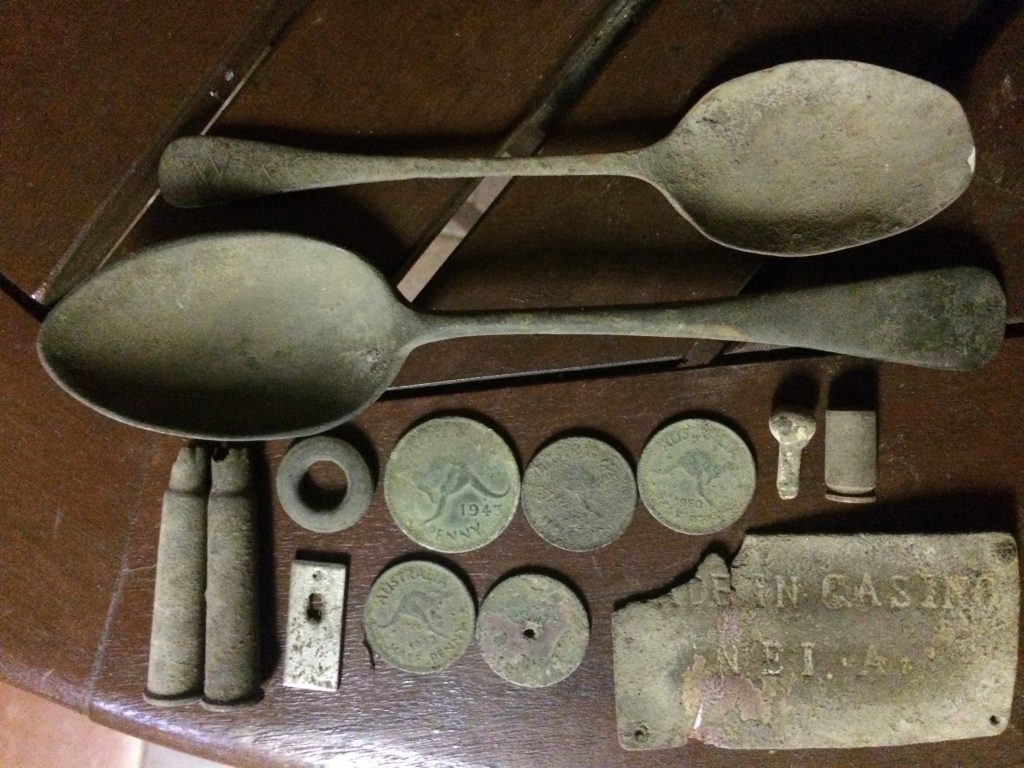
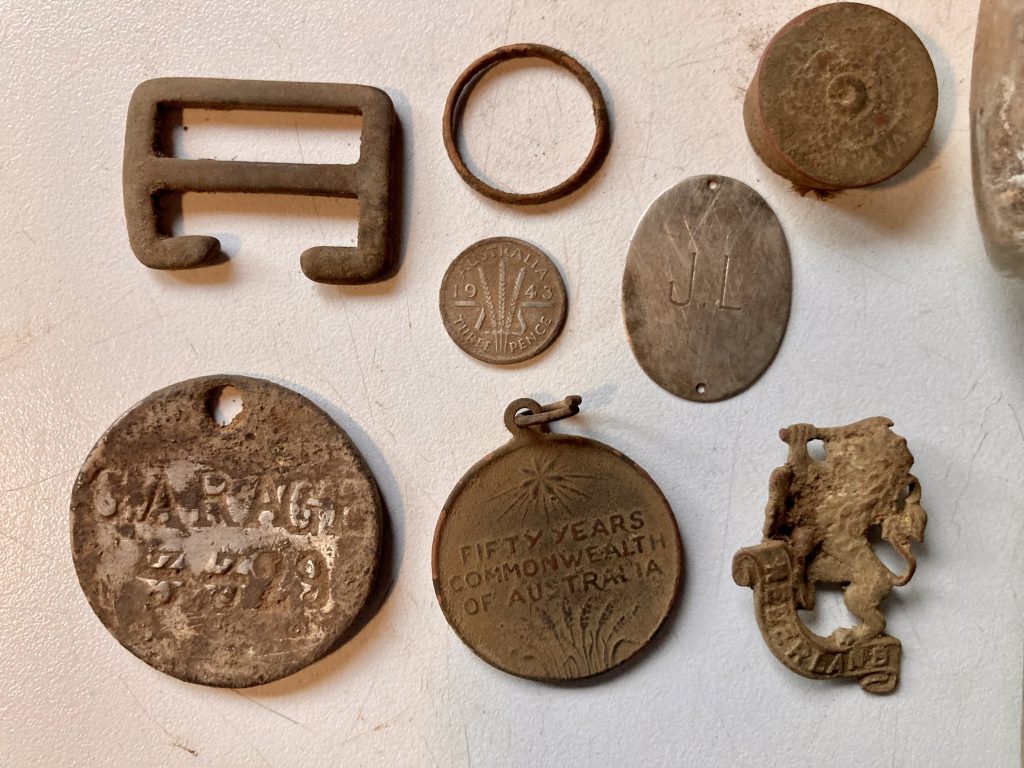
A couple of other pictures.
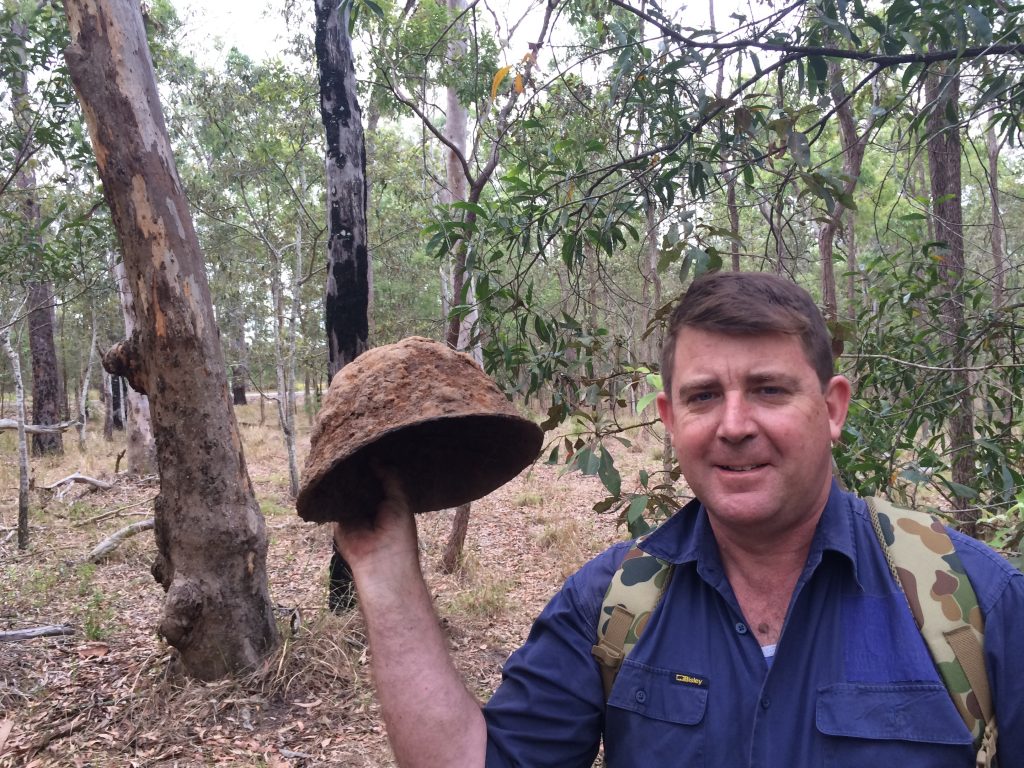
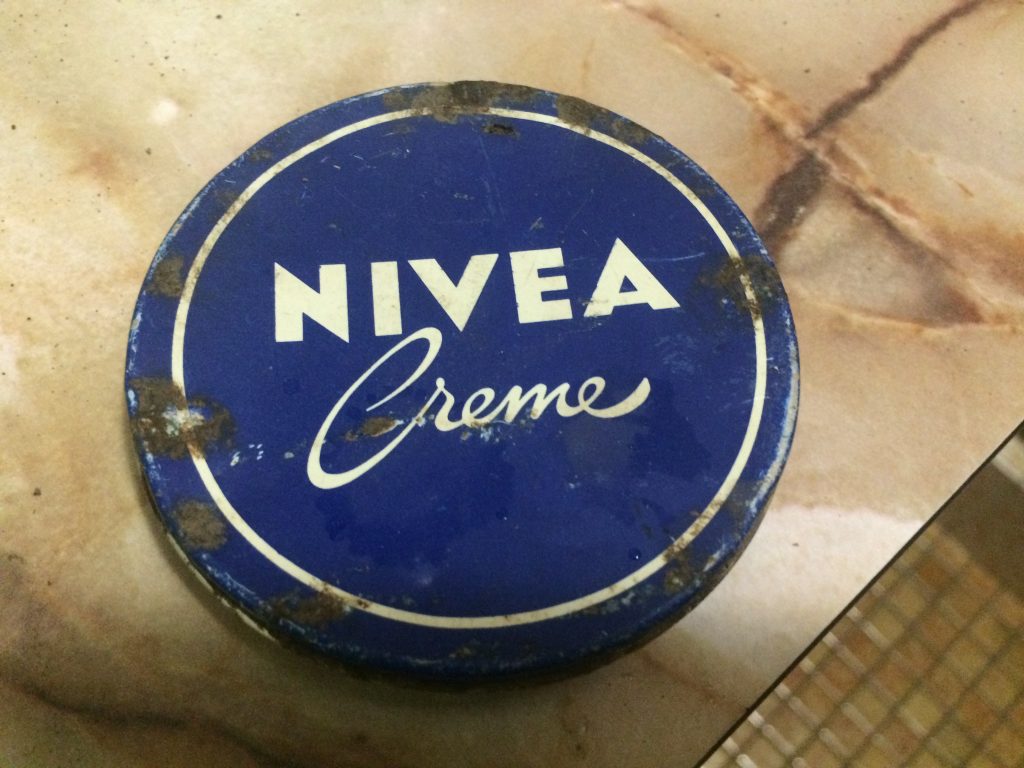

The following is a list of dog tags found by Vic at Pooh Corner. There are no Dutch tags. However, Malaysian born Beng Kiam Oe (1st on the list) arrived in 1944 on a US submarine in Freemantle where he was detailed it looks like he was later interrogated and released by the Netherlands East Indies Forces Intelligence Service (N.E.F.I.S.) in Western Australia.


Danny Sleath and Keith Stoneman have alo found Dutch relics at the same spot, including a Dutch dog tag.


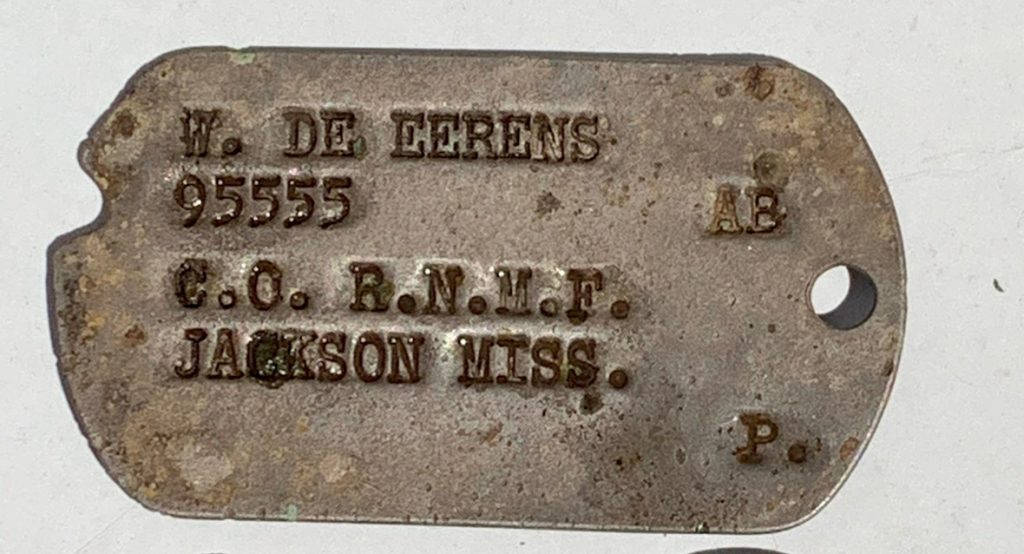
Willy de Eerens was born on 27 February 1921 in Tjilatjap, an important port on the south coast of Java.
During the Japanese invasion he was evacuated to Australia as one of the 99 student pilots from the class of 1 July 1941 of the Vlieg- en Waarnemersschool (V.W.S. – Flying and Observer School). They left from Tandjung Priok on the 18th of February on board the ms Boissevain.
From February to April 1942 he was at the Flying School and the Observer School of the Army Aviation Corps of the Royal Netherlands Indies Army- KNIL, at the number 6 RAAF Service Flying Training School (6 SFTS) at Mallala, Adelaide. He was trained on the CAC Wirraway aircraft.
See also:
